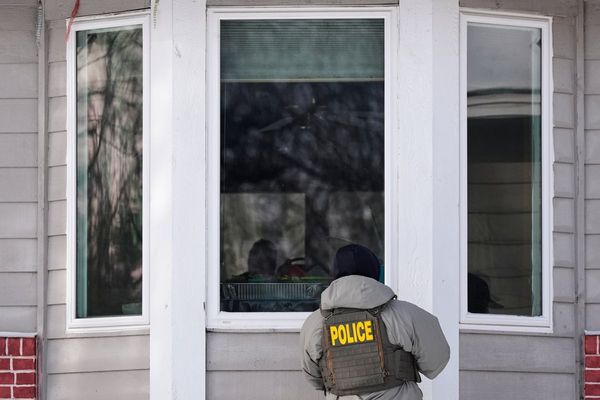One of Queensland's most controversial structures, Paradise Dam, hides a history of a gold mining ghost town few people know about.
The Burnett River is well known for the precious water it provides to growers in Bundaberg's food bowl, but the river banks were once a source of riches for prospectors who travelled to the region to strike gold in the late 1800s.
Eighty kilometres south-west of Bundaberg in Queensland's North Burnett region, Lake Paradise was created when construction began on the dam in 2003 to provide water for irrigation.
The lost town of Paradise is submerged under the lake.
What lies beneath
Few remnants of the ghost town remained by the time construction of the dam began.
Beverley Geissler, a local resident and historian who used to camp at the town of Paradise with her school-aged children in the 1980s, remembers what was there before the dam.
"All you could see was a few old stumps left from the original township. All of that is now underwater."
Brothers James and Thomas Allen discovered gold in 1889, and the town was proclaimed as a goldmine in November 1890.
"In February of 1890, there were 40 people. By May, there were 100. Then by 1891, there were 621 people," Ms Geissler said.
It was mined by a mix of working men, mining companies and Chinese migrants hoping to get lucky.
"There was a proper town laid out with streets and allotments, and it was surveyed between January and March 1891," she said.
Life in Paradise
Ms Geissler said life in the town would have been quite basic, with families living in tents.
"There were a few of what they called pubs, but, really, they were grog shops," she said.
"There was a courthouse, which was moved into Biggenden and is now the Biggenden Historical Museum."
Biggenden was a service town to goldfields in the region, following the discovery of gold at Paradise and nearby Mount Shamrock.
Paradise also featured a school, Chinese market gardens and a slaughter yard.
Less than a decade later, in 1898, the township was abandoned when gold dried up.
The only reminder of existence lies in the Paradise cemetery north-east of the town, where graves remain today.
Despite the town's short life, University of Queensland archaeologists visited Paradise in 2002 to gain an understanding of daily life during the Queensland gold rush.
Water woes
Winding from the Great Dividing Range to the Coral Sea at Burnett Heads, the Burnett River feeds the dam that has been draped in controversy.
The dam's water levels were lowered in 2019, following concerns about structural stability.
Late last year, the Queensland government announced Paradise Dam would be restored to full capacity, with work planned to be completed by 2028.







